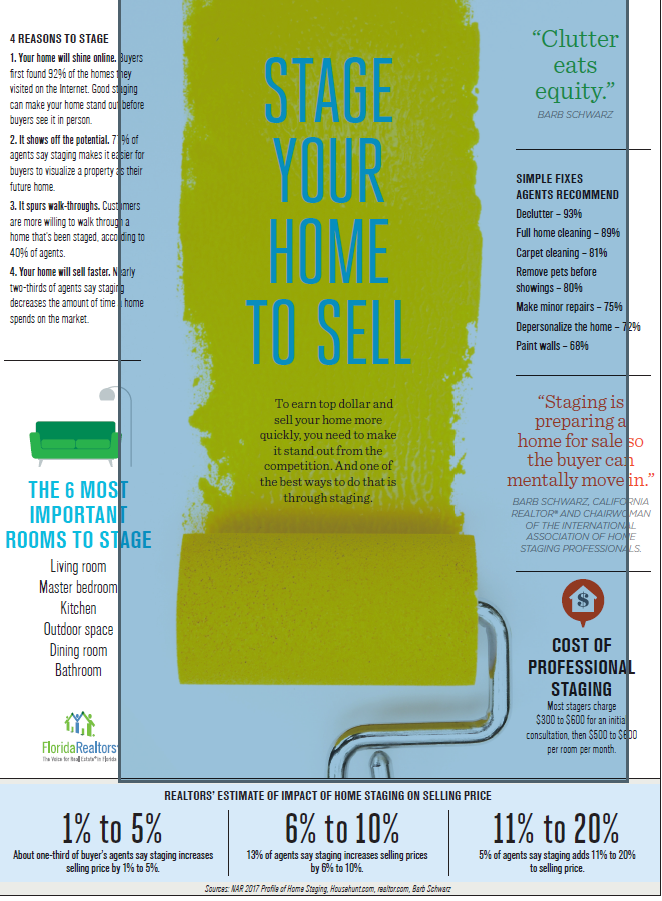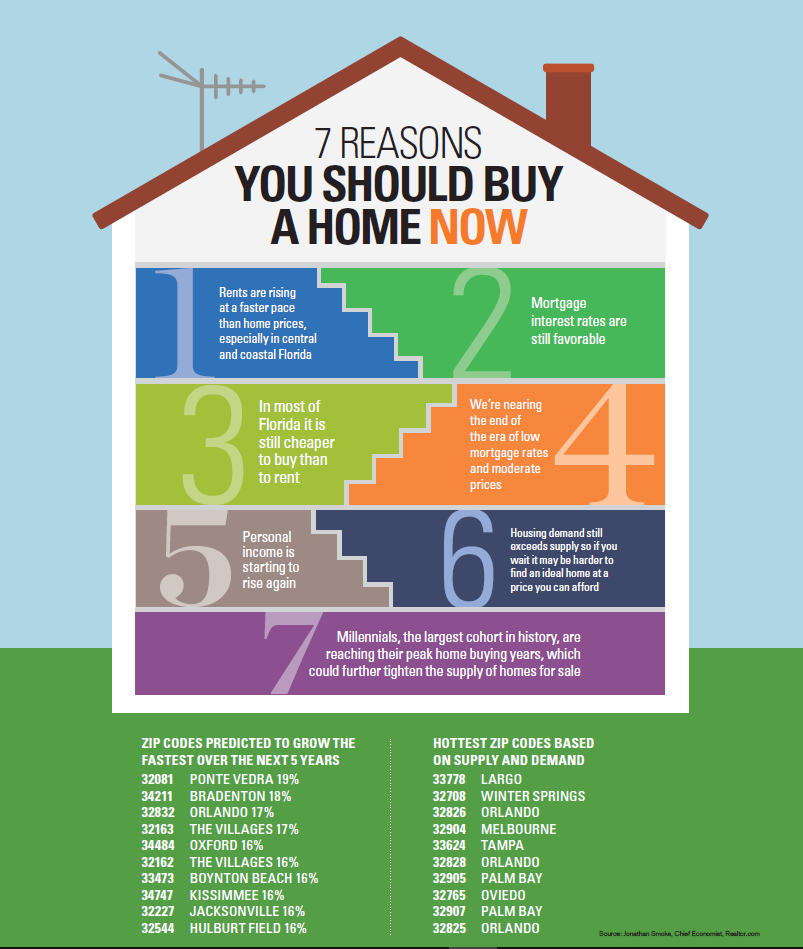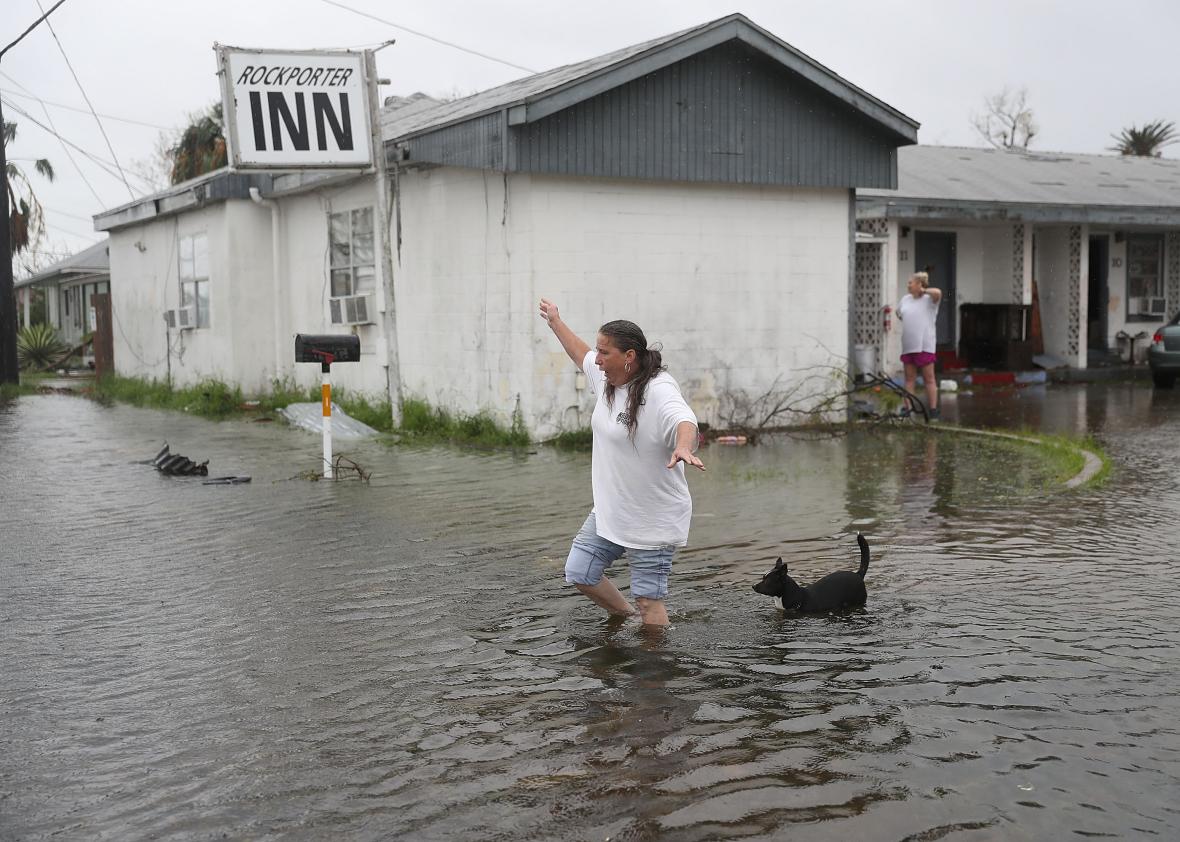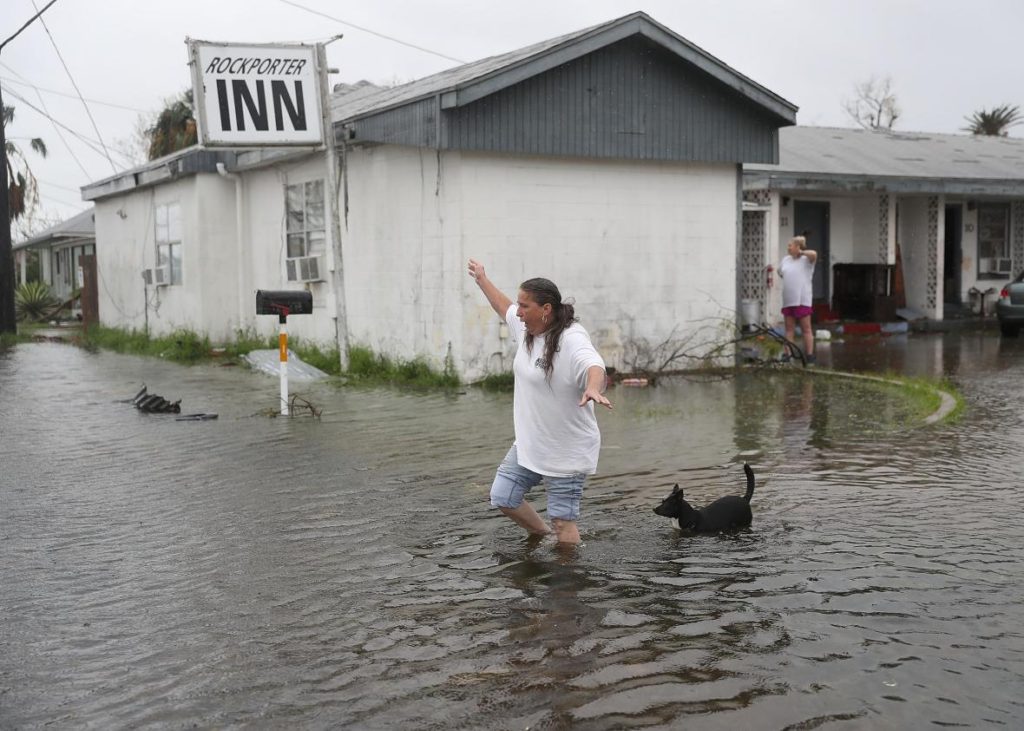Brace for another hurricane season, experts warn
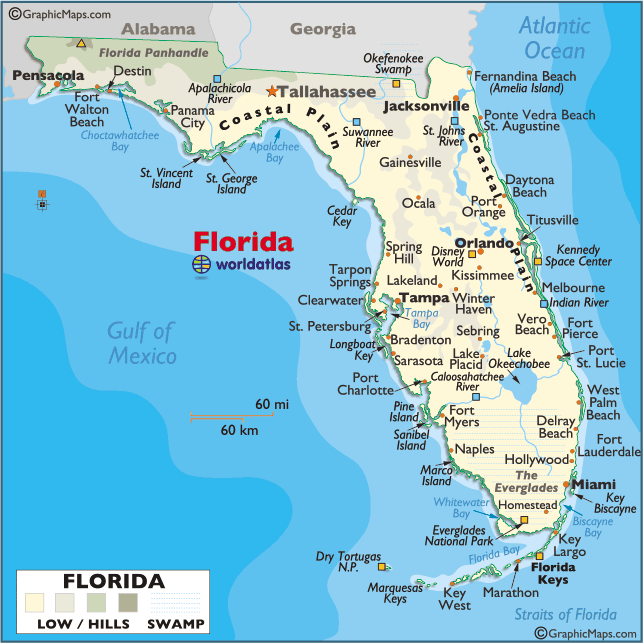
 WEST PALM BEACH – May 18, 2018 – Following last year’s most destructive hurricane season on record, government officials and emergency responders are imploring Floridians to be prepared should the state experience another nightmarish season marked by prolonged power outages, fuel shortages and potentially deadly storm surge.
WEST PALM BEACH – May 18, 2018 – Following last year’s most destructive hurricane season on record, government officials and emergency responders are imploring Floridians to be prepared should the state experience another nightmarish season marked by prolonged power outages, fuel shortages and potentially deadly storm surge.
As the start of the six-month Atlantic hurricane season looms, state and federal officials encouraged residents to stock up on supplies to sustain them for several days without electricity, have evacuation plans in place if they live in a mandatory evacuation zone and ensure their homes are properly insured in the event of flooding or severe wind damage. Officials issued the stern warning at the 32nd annual Governor’s Hurricane Conference taking place in West Palm Beach this week – the country’s largest tropical cyclone gathering attended by officials from more than 30 states and 12 foreign countries.
«By having this conference and doing what you do, you have helped this state, in particular, respond in the right manner and get back to work quickly,» Gov. Rick Scott said to hundreds of emergency workers and government officials at the conference’s general session. «Irma was very scary and it could have been devastating, but everybody worked together.»
With the conference theme of «Readiness is Everyone’s Job» in mind, meteorologists and emergency workers encouraged local government officials and the media to emphasize the need to be prepared for another potentially calamitous season.
Weather experts from Colorado State University – regarded as the nation’s top hurricane forecasters – predict another active season with 14 named tropical storms, seven of them hurricanes. A tropical storm reaches hurricane status when wind speeds top 73 mph. Of the seven predicted hurricanes, three are expected to churn into major hurricanes – Category 3, 4 or 5 – with sustained wind speeds of 111 mph or greater. The National Oceanic and Atmospheric Administration will issue its forecast for the season on May 24.
The hurricane season officially starts June 1.
The 2017 hurricane season produced 17 named storms. Of those, 10 became hurricanes, including six major hurricanes and the first two major hurricanes to hit the continental U.S. in 12 years – Hurricanes Harvey and Irma, which made its first landfall in the Florida Keys as a Category 4 storm before passing east of Sarasota and Bradenton on Sept. 11 as a Category 1 storm. The 2017 season was the seventh most active in history, causing more than $316 billion in damage.
National Hurricane Center meteorologists this season will continue to use storm surge watches and warnings, which were implemented for the first time last season, the center’s director Ken Graham said, adding that his team is working on creating a seven-day forecast as accurate as its current five-day forecast. Storm surge is the rapid rise of sea level as a result of atmospheric pressure changes and wind associated with a storm.
Graham credits the new watches and warnings with saving lives during the onslaught of major storms last season. There were no known fatalities from storm surge last season despite four hurricanes making landfall on U.S. shores, Graham said.
«Around 90 percent of fatalities from tropical systems is water,» Graham said. «We have to talk water.»
Storm surge, not wind, is often the greatest threat to life and property from a hurricane. At least 1,500 people died during Hurricane Katrina in 2005; many of those deaths occurred directly or indirectly as a result of storm surge, according to NOAA.
Residents who live in a hurricane surge zone should evacuate when a storm threatens, but others quick to hit the road should think twice, said Bill Johnson, director of Palm Beach County Emergency Management.
«People mistakenly focus on the wind,» Johnson said. «Over-evacuation creates a demand on every service that we have.»
Hurricane Irma sparked the largest mass evacuation in U.S. history. More than 7 million people in Florida, Georgia and South Carolina were issued a mix of mandatory and voluntary evacuation orders as the Category 5 storm barreled toward Florida.
The evacuation inundated roads and hotels, used significant first responder resources and in some cases prevented fuel trucks from quickly reaching stations to restock the hot commodity.
In Lee County alone, nearly half of the county’s population of 701,000 evacuated. Fourteen shelters opened to accommodate 30,000 evacuees. Officials there were able to handle the large crowds, but are working on tweaking staffing levels at shelters ahead of the 2018 season, said Lee Mayfield, the county’s emergency management director.
«The biggest thing we’re going to continue working on … is right-sizing shelter staffing,» Mayfield said. «Making sure we have the right partnerships in place from the county government to our volunteer agencies (and) volunteers we sign up and train throughout the year, so making sure we have shelter staffing appropriate to the levels we saw during Irma.»
During Irma, Lee County made all shelters pet friendly. Sarasota County is following suit this year and will open all shelters simultaneously. Phased opening of shelters ahead of Irma created confusion, county officials said. Sarasota County sheltered approximately 20,000 area residents during Irma.
Federal Emergency Management Agency Administrator Brock Long is encouraging U.S. residents to properly insure their homes ahead of the 2018 season. Additionally, citizens should know skills such as CPR and how to operate a generator in the event emergency responders and federal aid are delayed, Long said.
«Insurance is the first line of defense, not FEMA,» said Long, who emphasized the importance of flood insurance.
Any house can flood, as evidenced by damage Hurricane Harvey inflicted on Houston, Long said. Roughly 80 percent of homeowners with damage from Harvey lacked flood insurance, Long said.
And governments should be prepared to feed and provide water to citizens for the first 48 to 72 hours following a natural disaster without relying on aid from FEMA, Long said.
Last year, FEMA was spread thin from responding to natural disasters. Roughly 46.9 million people were affected by hurricanes Harvey, Irma, Maria and wildfires in California, Long said. The agency last year nearly ran out of money responding to Harvey before Congress replenished its funds.
Copyrght © 2018 Sarasota Herald-Tribune, Fla., Nicole Rodriguez. Distributed by Tribune Content Agency, LLC






 NEW YORK – Jan. 19, 2018 – When Arlington, Va., resident Jesse Shapiro wanted to diversify his investment portfolio with real estate, he recognized quickly that he didn’t want to buy a place in the Washington area.
NEW YORK – Jan. 19, 2018 – When Arlington, Va., resident Jesse Shapiro wanted to diversify his investment portfolio with real estate, he recognized quickly that he didn’t want to buy a place in the Washington area. ORLANDO, Fla. – Nov. 10, 2017 – Since 2005, Florida Realtors has released an annual study on international real estate activity in Florida. Conducted by the National Association of Realtors (NAR) Research Group, it attempts to understand the interaction of members with international clients, the challenges and opportunities they face serving foreign clients, and the characteristics of foreign buyers who purchase Florida property.
ORLANDO, Fla. – Nov. 10, 2017 – Since 2005, Florida Realtors has released an annual study on international real estate activity in Florida. Conducted by the National Association of Realtors (NAR) Research Group, it attempts to understand the interaction of members with international clients, the challenges and opportunities they face serving foreign clients, and the characteristics of foreign buyers who purchase Florida property.


